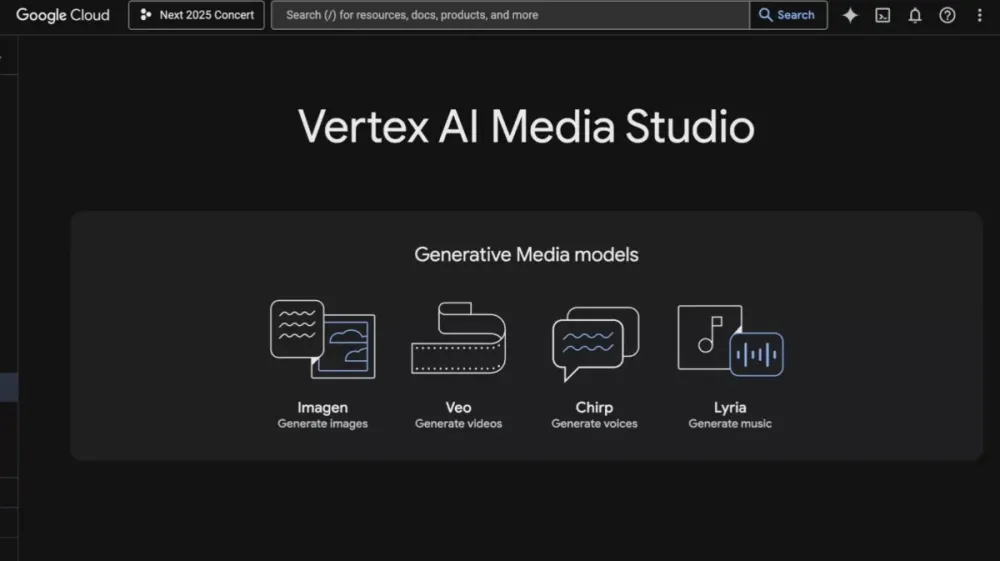
In addition to continuously expanding the resources available through its Vertex AI platform, Google has officially introduced Lyria, a text-to-music generation model, now accessible in preview via Vertex AI. This move establishes Vertex AI as the only platform currently capable of generating content across image, voice, video, and music domains.
Lyria enables the rapid production of high-fidelity, stylistically diverse music through simple textual prompts. It supports nuanced audio details and can be customized to reflect specific brand identities, making it ideal for crafting soundtracks for marketing campaigns, event presentations, or immersive retail experiences. For creators, it significantly reduces production time for content such as videos and podcasts, delivering context-aware music in mere minutes—without copyright concerns.
Simultaneously, Google has enhanced Veo 2, its video generation tool launched late last year, with more granular editing capabilities and advanced camera controls. These new features empower users to fine-tune cinematic elements, including object removal or aspect ratio adjustments, allowing for the swift creation of tailored video content.
Google also upgraded Imagen 3, its image generation model, with the ability to reconstruct missing or corrupted visual elements and enhance output quality following object removal. Additionally, the Chirp 3 audio model—supporting over 35 languages—now offers real-time voice customization using just 10 seconds of input audio. It can blend AI-generated speech with authentic voices or transcribe and annotate dialogue to distinguish between speakers.
With these advancements, Google underscores Vertex AI as the first and only platform to unify the generation of still images, videos, voice, and music through a single interface. Users can now script promotional content—complete with visuals, soundtrack, and narration—using nothing more than text prompts, significantly reducing production time and creative friction.
As with previous AI tools, Google affirms that Lyria and other generative features incorporate SynthID digital watermarking, robust safety filters, and adherence to data governance principles. The company further pledges to defend users against copyright disputes involving AI-generated content and offer compensation where necessary.
Already, agencies such as Goodby, Silverstein & Partners and the Dalí Museum have used Veo 2 and Imagen 3 to bring to life Salvador Dalí’s 1937 surrealist screenplay Giraffes on Horseback Salad. Meanwhile, L’Oréal and Kraft Heinz have leveraged the tools to accelerate marketing content production—compressing what once took two months into just eight hours.
Related Posts:
- ModeLeak Flaw: Researcher Uncovers Privilege Escalation & Model Exfiltration Threats in Google Vertex AI
- Google Launches Gemini 2.5 Flash for Fast, Cost-Effective AI on Vertex AI
- FBI Warns of Generative AI’s Role in Amplifying Fraud Schemes
- AI Powers a Phishing Frenzy – Zscaler Report Warns of Unprecedented Threat Wave
